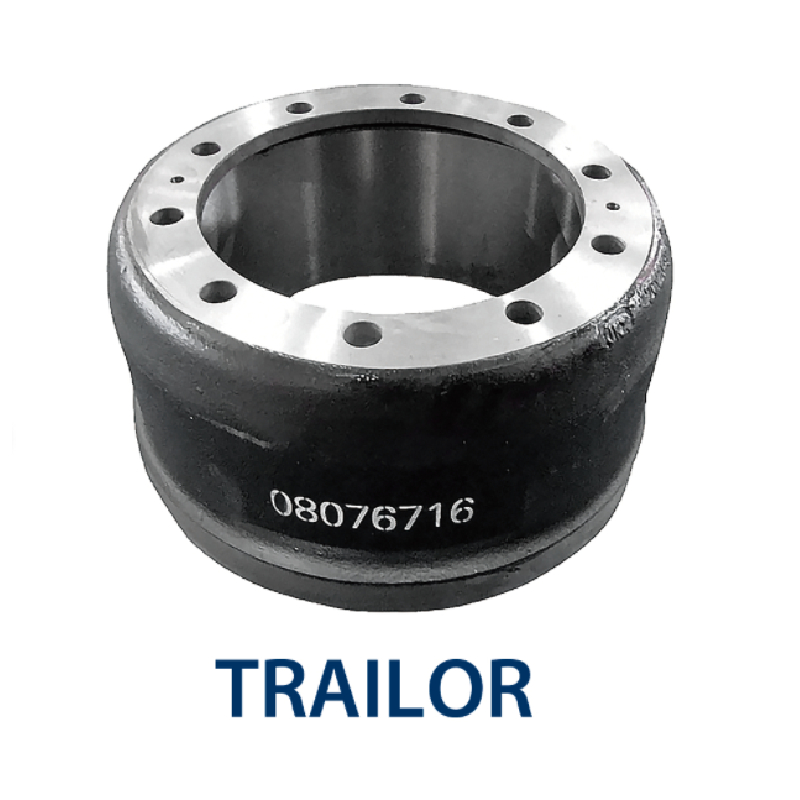Sep . 22, 2024 05:16 Back to list
drum brakes
Understanding Drum Brakes A Key Component of Automotive Safety
Drum brakes are an integral part of many vehicles, playing a crucial role in ensuring safety and control during operation. Unlike disc brakes, which utilize a flat surface and caliper to slow or stop the vehicle, drum brakes operate through a different mechanism that many drivers may not fully understand.
The fundamental design of drum brakes consists of a cylindrical drum that rotates with the vehicle's wheel. Inside this drum, there are brake shoes that expand outward when the driver applies the brakes. As the shoes press against the inner surface of the drum, friction is generated, which in turn slows down the wheel's rotation. This mechanism allows for effective stopping power, making it a reliable choice for many automotive applications.
One of the primary advantages of drum brakes is their ability to provide a significant amount of braking force in a compact space. This is particularly beneficial for vehicles where weight and space are critical factors, such as in smaller cars and older models. Additionally, drum brakes have a self-energizing feature that means when the brakes are applied, the shoes are pushed harder against the drum, increasing braking efficiency.
drum brakes

However, drum brakes also come with their set of challenges. One of the most notable drawbacks is their susceptibility to overheating, especially during prolonged use or in high-performance situations. When a drum brake system overheats, it can lead to brake fade, where the effectiveness of the brakes diminishes, potentially leading to dangerous situations.
Maintenance of drum brakes is also crucial. Over time, brake shoes can wear down, and if not replaced, they can damage the drum, leading to more costly repairs. Regular inspections and timely replacement of worn parts are essential in keeping the braking system functional and safe.
In recent years, the automotive industry has seen a shift towards more advanced braking technologies, such as anti-lock braking systems (ABS) and electronic brake force distribution (EBD). While these systems often utilize disc brakes, drum brakes remain relevant, especially in rear brake applications due to their simplicity and low cost.
In conclusion, drum brakes are a vital aspect of automotive design. Their unique mechanics provide effective stopping power, especially in smaller vehicles. Understanding how they work, along with proper maintenance practices, can greatly enhance vehicle safety and performance, ensuring that drivers can rely on their braking systems when it matters most. Whether in everyday vehicles or specialized applications, the drum brake continues to play a significant role in automotive history.
-
Scania Brake Drums: OEM Quality for Optimal Safety & Durability
NewsAug.16,2025
-
R.V.I: Advanced Remote Visual Inspection for Precision
NewsAug.15,2025
-
Discover HYUNDA: Innovative Vehicles, Equipment & Solutions
NewsAug.14,2025
-
R.V.I: Unlock Advanced Insights & Real-time Performance
NewsAug.13,2025
-
Kamaz Brake Drum: Durable & Reliable for Heavy Duty Trucks
NewsAug.12,2025
-
Heavy Duty Iveco Brake Drum - Premium Quality & Safety
NewsAug.11,2025
